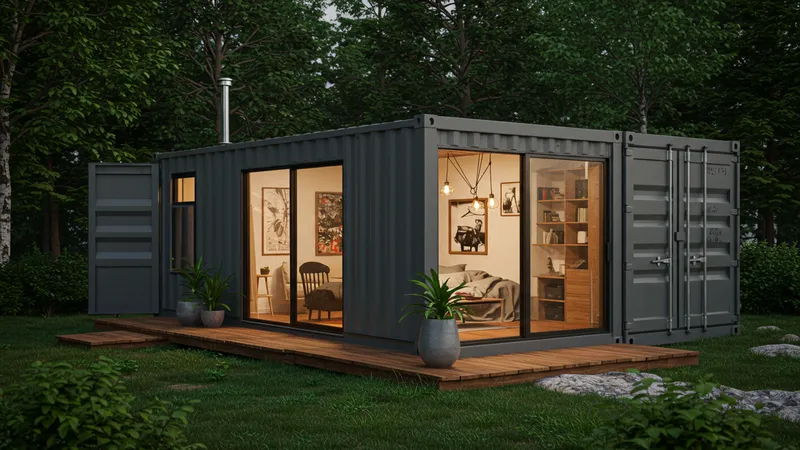
Affordable Container Homes: A Sustainable And Budget-Friendly Housing Solution
Overcoming the Myths of Container Homes
As pragmatic and practical as container homes appear, misconceptions abound. Many skeptics argue their compact size limits adaptability, yet innovations continually put such concerns to rest. Concise design principles and adept use of space ensure functionality soars where traditional layouts may otherwise fall short. By tackling concerns with tangible solutions, have we overcome the myths of confined living once and for all?

Structural safety is another common myth easily debunked. Containers are designed for global shipping, ensuring their robust construction can withstand harsh conditions and climates. Engineers reinforce these properties while accommodating residential needs, presenting living options safeguarded by their intended integrity. Will these facts elevate containers from misunderstood boxes to accepted fortress homes, reframing popular belief on durability?
Longevity and lifespan are yet another debated issue; many believe steel transcends time as opposed to traditional materials at risk of decay. With mindful maintenance and weather-proofing, the durability of container homes commands equal, if not better, life expectancy. Interestingly, the potential to recycle containers post-residency leaves an environmental legacy that few materials can boast. Will widespread acceptance of container homes bridge the gap in perceived sustainability versus the realities of enduring construction?
The notion of luxury sparked debate in container circles, where insinuations of less yielding luxury ensued. Yet, evolving design proofs brim with contemporary fittings, bespoke furnishings, and lavish finishes, accounting for exceptional prestige. As taste-makers veer toward clean lines and understated elegance, could the status of container homes swiftly transit from affordable option to coveted designer choice?